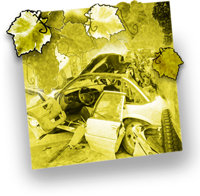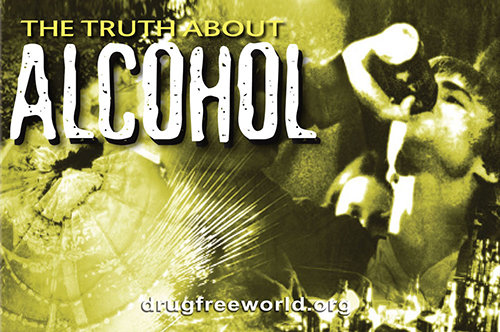Photo credits: Bigstockphoto
- The alcohol-related death rate in the UK has continued to increase, from 12.9 deaths per 100,000 population in 2005 to 13.4 in 2006.
- Drunk driving is a factor in 40 percent of all deaths on Irish roads.
- Drivers aged 17 to 19 had 1,080 drunk driving accidents in the UK in 2005.
- Road traffic accidents are the leading cause of alcohol-related deaths among 16- to 18 year-olds in the UK, including passengers and pedestrians.
For most people, these are only statistics—shocking, perhaps, but only statistics. But for the families and friends of those who die as a result of teenage drinking and driving, each number represents a tragic loss.
Alcohol distorts a person’s perceptions and judgement. People under the influence of alcohol readily admit their reaction time is slower than when not drinking, and they take many chances they would never take when sober. Too often those chances are fatal.
Alcohol is absorbed into the bloodstream via small blood vessels in the walls of the stomach and small intestine. Within minutes of drinking alcohol, it travels from the stomach to the brain, where it quickly produces its effects, slowing the action of nerve cells.
Approximately 20% of alcohol is absorbed through the stomach. Most of the remaining 80% is absorbed through the small intestine.
Alcohol is also carried by the bloodstream to the liver, which eliminates the alcohol from the blood through a process called “metabolising,” where it is converted to a nontoxic substance. The liver can only metabolise a certain amount at a time, leaving the excess circulating throughout the body. Thus the intensity of the effect on the body is directly related to the amount consumed.
When the amount of alcohol in the blood exceeds a certain level, the respiratory (breathing) system slows down markedly, and can cause a coma or death, because oxygen no longer reaches the brain.












































